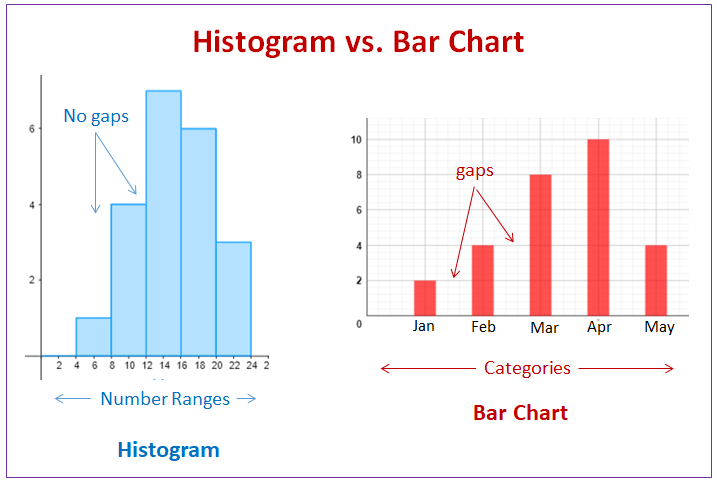

In this section, you’ll create two types of histograms in Google Sheets: quick histograms using the Column stats menu versus regular histograms using the Chart menu, and the advantages of each method. Second, histograms do not usually show spaces between buckets because these are continuous values, while column charts show spaces to separate each category.

By contrast, column charts show categorical data, such as the number of apples, bananas, carrots, etc.

For example, you can shift histogram buckets from 0-1, 1-2, 2-3, etc. First, histograms show continuous data, and usually you can adjust the bucket ranges to explore frequency patterns. Although histograms may look similar to column charts, the two are different. Creating a histogram can be a great way to better understand what your data looks like to inform your decision-making when designing more advanced visualizations, such as choropleth maps, as you’ll learn in Chapter 7. Histograms are best to show the distribution of raw data, by displaying the number of values that fall within defined ranges, often called buckets or bins. Zotero and Better BibTeX for Notes and Biblio.Style Guide for Hands-On Data Visualization.GitHub Desktop and Atom Editor to Code Efficiently.Create a New Repo and Upload Files on GitHub.Copy, Edit, and Host a Simple Leaflet Map Template.Our Open-Access Web Edition: Why and How.


 0 kommentar(er)
0 kommentar(er)
